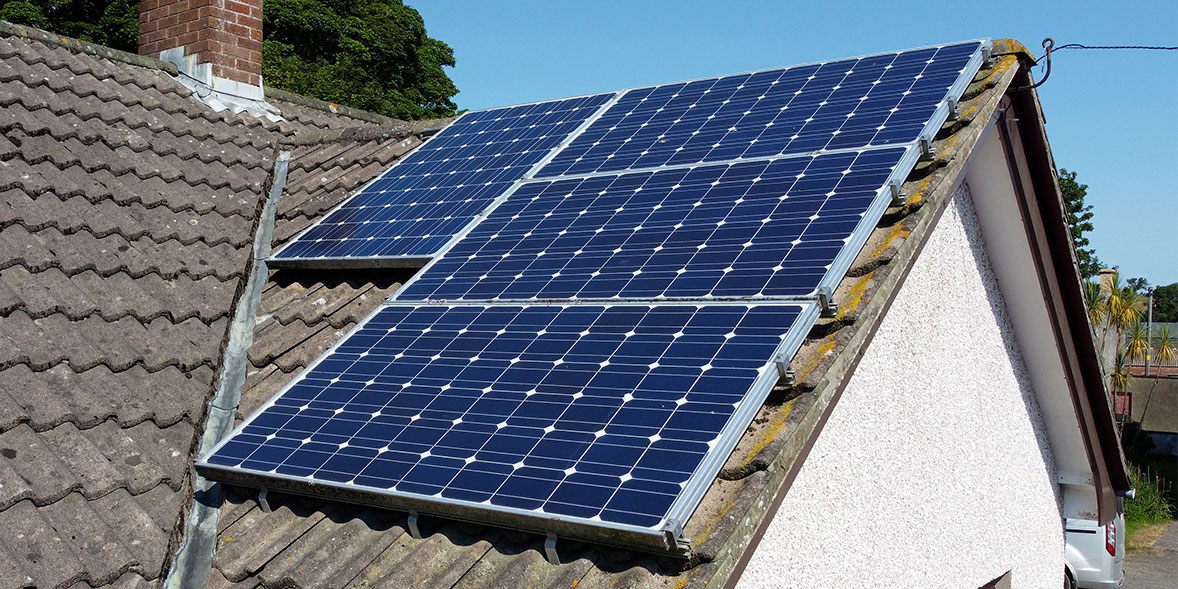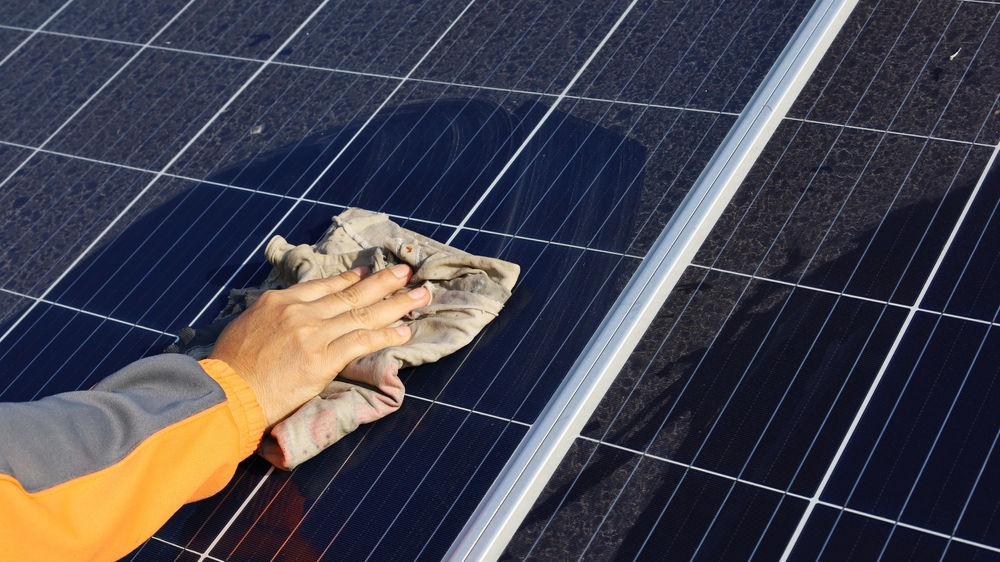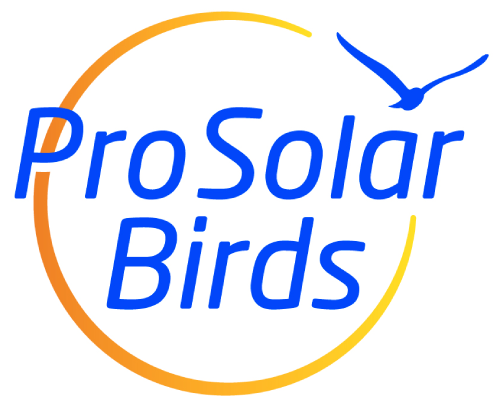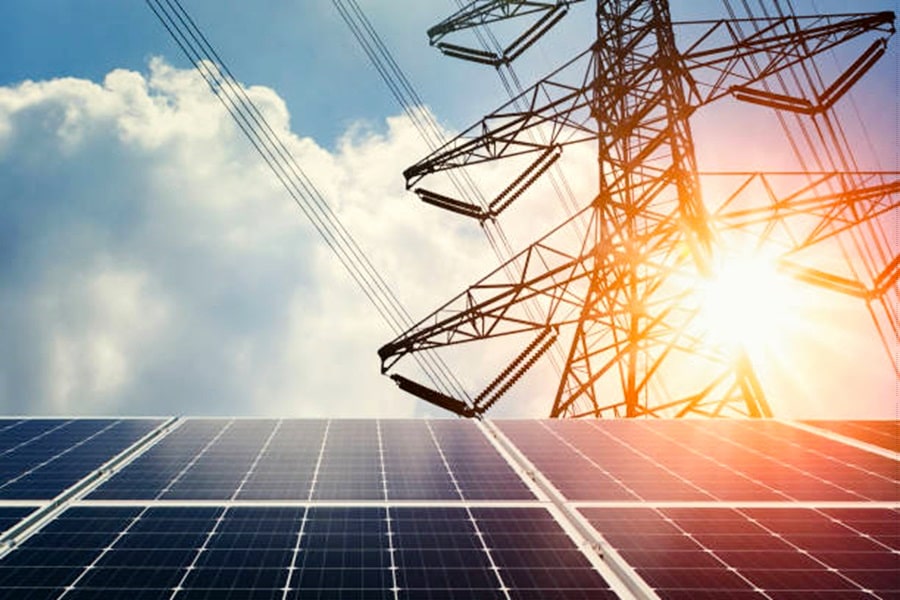The adoption of solar panels has surged globally, heralding a green revolution in energy production. However, the interface between solar installations and wildlife, particularly birds, presents unique challenges that need to be addressed.
This article explores the interactions between solar panels and birds, focusing on the implications for both.
Table of contents
- What’s the relation between solar panels and birds?
- What threats do solar panels have?
- How important is to keep your solar panels protected and clean?
- Ways to protect your solar panels from birds and dust
- FAQ’s about solar panels and birds
2. What’s the Relation Between Solar Panels and Birds?
Solar panels generate electricity by converting sunlight into energy, a process that involves no moving parts or emissions. Despite their benign nature, they inadvertently attract birds. The warmth generated by the panels creates a comfortable environment, particularly appealing during colder months. Moreover, the sheltered space beneath the panel arrays can seem ideal for nesting.

3. What Threats Do Solar Panels Pose to Birds?
The integration of solar panels into natural landscapes presents several risks to bird populations:
- Collisions: Birds flying at high speeds can collide with the shiny, reflective surfaces of the panels, mistaking them for bodies of water or clear paths.
- Heat Exposure: Nesting under panels can expose birds to excessive heat, which can be fatal during peak sunlight hours.
- Entanglement and Trapping: The wiring and frames of solar installations can trap birds, leading to injury or death.
4. The Importance of Keeping Your Solar Panels Protected and Clean
Maintaining solar panels is crucial for both operational efficiency and the longevity of the equipment. Bird nests and droppings not only obstruct sunlight and reduce power output but can also physically damage the panels. Droppings are particularly corrosive and can etch into the surface of the panels, degrading the materials and leading to costly repairs or replacements. Regular cleaning and inspection help mitigate these risks and maintain the system’s efficiency.

5. Effective Ways to Protect Your Solar Panels from Birds and Dust
Implementing strategies to minimize the impact of birds on solar panels can enhance their efficiency and durability:
- Physical Barriers: Installing bird deterrents such as spikes, nets, or non-reflective surfaces can reduce the attractiveness of the panels as landing spots or nesting areas.
- Acoustic Deterrents: Some devices emit sounds that are unpleasant to birds but not to humans, keeping birds away without causing harm.
- Visual Deterrents: Reflective tapes, fake predators, or flashing lights can help scare birds away from the panels.
- Maintenance Routine: Establish a cleaning regimen to clear away dust, debris, and bird droppings regularly. Professional cleaning services can ensure that the panels are handled safely and effectively.
- Design Considerations: When installing new panels, consider designs that leave no gap underneath or create inhospitable conditions for nesting.
6. FAQs about solar panels and birds
Q: Are there any legal implications for using bird deterrents on solar panels?
A: It is important to ensure that any deterrents comply with local wildlife protection laws. Most legal systems allow for humane deterrents, but it’s best to consult with a professional.
Q: Can solar panels lead to a decline in local bird populations?
A: There is no direct evidence that solar panels significantly impact bird populations on a large scale. However, the disturbance of local habitats during installation can temporarily affect local fauna.
Q: Do all types of solar panels attract birds?
A: The design and location of solar panels play significant roles in their attractiveness to birds. Panels installed close to ground level or in large arrays tend to attract more birds due to increased shelter and warmth.
7. Conclusion
Solar panels represent a sustainable step forward in energy production, but they also pose new challenges for wildlife management, particularly for bird populations.
By understanding and mitigating these impacts, developers and homeowners can protect both their investments and the local ecosystem. Continued research and innovation in solar technology and wildlife-friendly practices will be key to resolving these challenges effectively.

